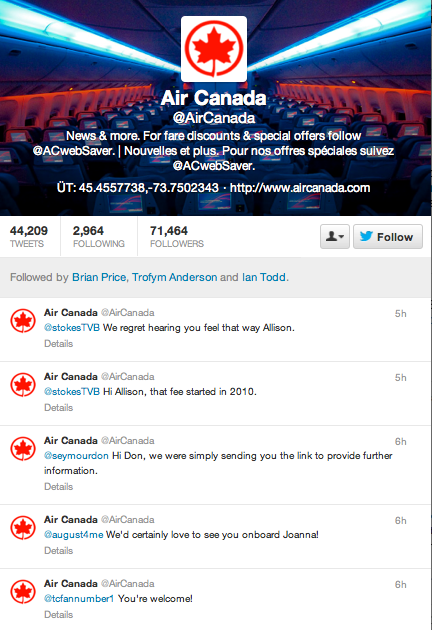Explorations in video presentations.
by angustodd ~ April 7th, 2013I had a blast working with my project team in developing a movie that summarized the work we had done thought the year. Given that, and this mainly directed at myself, our group was relatively technologically challenged (ludities, if you will) we were able to come together to overcome our struggles… no matter how corny that sounds.
The video was intended to act as a substitute for a presentation of the findings and conclusions we had made throughout the year. Additionally, while acting as a wrap-up for our year long group project, this video forced us to learn how to use the many technologies available to us in making a digital presentation. In this regard the video was a success. I can confidently say that I have learned the most basic skills required to produce a digital media presentation. Unfortunately, I would have preferred to have presented our findings to our professor, in a traditional oral form. Is this because I struggle to do even the most medial tasks on a computer, like connect to the Internet? Believe it or not, the struggle that was involved in working with my teammates to make a video presentation was challenging yet very much enjoyable. Having said that, there is something in a verbal interaction that cannot be replaced by a digital presentation, and that is… the interaction. Being able to gauge the responses of your audience while you present, and adjust your message accordingly is an invaluably important part of a presentation that is impossible to replace with a video.
Interestingly, this remark is applicable throughout the lessons of our Marketing class. If you are unable to adapt your messages to your audience, they are not nearly as affective.



